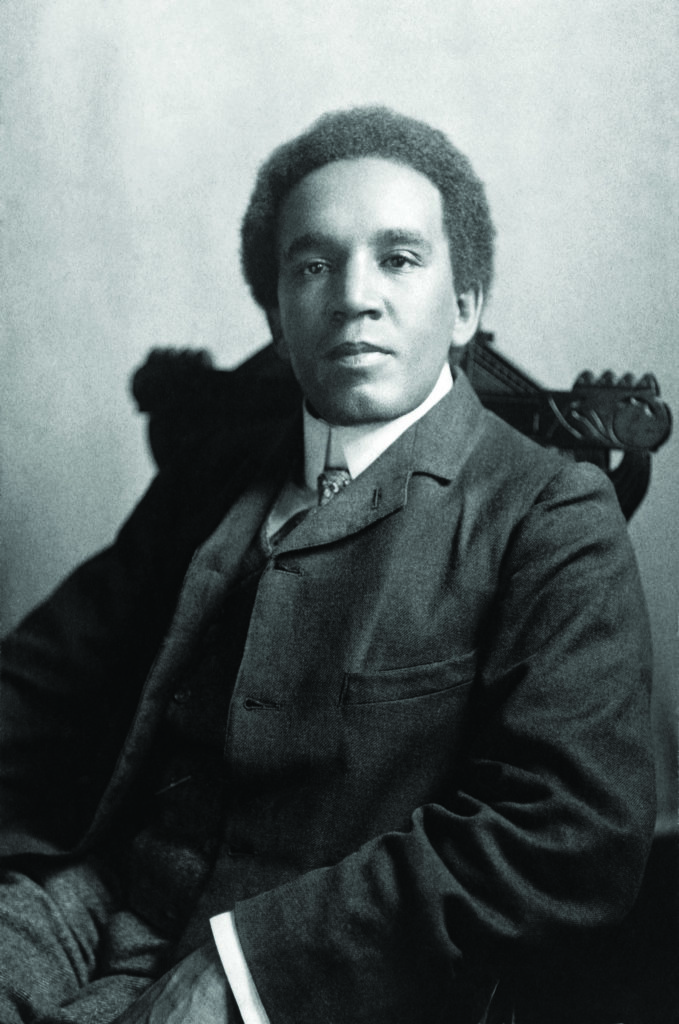…and we would like to say “thank you” for hanging in there with us for the last two years. In case you were not able to attend our April concert, we’re sharing a recording of our performance of Samuel Coleridge-Taylor’s African Dance from African Suite, Op. 35 (read more about him below!). This file will only be available for one week, so be sure to listen soon!
Don’t forget about our challenge grant! All donations made before June 30th will be matched up to a total of $3,500. Click the link below to double your support to the MSO today! We wouldn’t be here without you!

Samuel Coleridge-Taylor (1875-1912) was born in Holburn, a suburb of London. His father, Dr. Daniel Taylor, an African-born surgeon, left his wife, Alice Martin, and returned to Sierra Leone before their child was born, and the boy (referred to as Coleridge by his family) was raised by Alice and her father, Benjamin Holmans, who was a blacksmith and played the violin. Taylor studied the violin with Joseph Beckwith, an orchestral musician from Croydon, for six years, and he also sang in two church choirs for a five-year period before being admitted to the Royal College of Music on a violin scholarship at the age of fifteen. He changed his major to composition the following year, becoming a student of Charles Stanford and a classmate of Ralph Vaughan Williams and Gustav Holst. In 1898, the 41-year-old Edward Elgar described Taylor as “far and away the cleverest fellow amongst the young men.”
African Dance is the finale of Coleridge-Taylor’s 4-movement African Suite, a work originally written for solo piano in 1898 and orchestrated by the composer shortly thereafter. Cast in a modified sonata-allegro form, the movement opens with a repeated exposition featuring two complementary themes, both of them ebullient and replete with rhythmic energy. The central development section departs from the traditional sonata design by introducing a new third theme, sweetly lyrical and sentimental. The recapitulation of the themes also stakes new formal territory, dispensing completely with the second theme and replacing it with another statement of the sentimental melody before the dance races to its joyful conclusion.
© 2022 William Schrickel
